LONGYEARBYEN, Norway – Sky-gazers looked up in awe Friday as the moon blocked the sun in a total solar eclipse that momentarily darkened a slice of northern Europe.
The most spectacular viewing came on Norway’s Svalbard islands near the North Pole, where a bright clear day and blindingly white snow highlighted the cosmic wonder that used to bring ancient civilizations to a trembling halt.
Visitors to the Arctic islands were treated to a full view of the sun’s corona – a faint ring of rays surrounding the moon – that is only visible during a total eclipse.
“All of the various things that you’re supposed to see – the shadow bands, the corona, both diamond rings, prominences – it had everything. It had absolutely everything,” said Richard Patching, a 63-year-old visitor from Calgary in Canada.
Elsewhere, the much-anticipated solar eclipse was a bit of a letdown. In the Faeroe Islands – the only place besides Svalbard where the eclipse was total – a blanket of clouds meant thousands of visitors missed out on the event, apart from the eerie darkness from the moon’s shadow.
“Well it was very close,” said Fred Espenak, a retired NASA scientist visiting the island group in the North Atlantic. “If the eclipse had been 25 minutes later, it would have been fantastic. But the clouds ruined it for us. So I’m very disappointed.”
Some 20,000 people had traveled to the Faeroe Islands and Svalbard to watch the eclipse.
A solar eclipse happens when the moon lines up between the sun and the Earth. This casts a lunar shadow on the Earth’s surface and obscures the sun. During a partial eclipse, only part of the sun is blotted out.
“Some people were surprised to see how fast it became dark,” said Sigrun Skalagard, who watched the event in the northern Faeroes. She said birds went silent and dogs started howling during the total eclipse, which lasted for 2 minutes and 45 seconds.
Others said they didn’t notice any odd behavior among wildlife. In Britain, where the eclipse was only partial, some mocked the idea that birds would stop singing because of the eclipse.
“Someone really needs to have a word with the wildlife in Essex,” said a Twitter user with the handle Mel Salisbury. “The birds are really not getting this ‘falling silent’ thing at all.”
In Svalbard, midway between continental Norway and the North Pole, a few hundred people had gathered on a flat frozen valley overlooking the mountains. They shouted and whooped with delight as the moon’s shadow crossed the surface of the sun, producing a dramatic interplay of light and dark over the snowy landscape. Some tourists toasted each other with Champagne, a tradition among eclipse chasers.
“It was just fabulous, just beautiful and at the same time a bit odd and it was too short,” said Mary Rannestad, 60, from Minnesota.
A partial solar eclipse could be seen across Europe and parts of Asia and Africa. Britain’s Met Office said 95 percent of the sun was covered in the Hebrides, Orkneys and Shetland Islands, and one percent less further south in Glasgow and Edinburgh.
Cloudy weather put a lid across large parts of the continent, making it hard to see the eclipse. However, a thin cloud cover allowed people in Stockholm to watch the eclipse without protective glasses, as the faint disk of the sun could be seen through the overcast sky.
Across Europe, people were warned against looking directly at the sun – but that wasn’t the only hazard. In Switzerland police said a 49-year-old man in the eastern town of Baar was taken to a hospital with a suspected broken leg after falling off a roughly 20-inch high ramp as he watched the eclipse.
In Germany, a world leader in solar power, fears that the flood of sunshine after the eclipse would overload the system never materialized.
“We are very relieved,” Dirk Biermann, head of 50Hertz, one of Germany’s four transmission system operators for electricity, told the dpa news agency. “Everything worked out wonderfully.”
The total solar eclipse coincided with the spring equinox, one of two occasions each year when the day is equal in length to the night.
The eclipse also occurred as the moon passed at its closest point to the Earth in its orbit, adding its gravitational pull on the ocean to create stronger tides. The effect was most noticeable in the Bay of Fundy in eastern Canada – known for one of the highest tidal ranges in the world – and outside Saint Malo in northwestern France, said Michael Quaade, a Copenhagen University astronomer.
The last total eclipse was in November 2012 over Australia. The next one will be over Indonesia in March 2016, according to NASA.
Gaschka reported from Torshavn, Faeroe Islands. Associated Press writers Jan M. Olsen in Copenhagen, Karl Ritter in Stockholm, David Rising and Geir Moulson in Berlin and contributed to this report.
Send questions/comments to the editors.

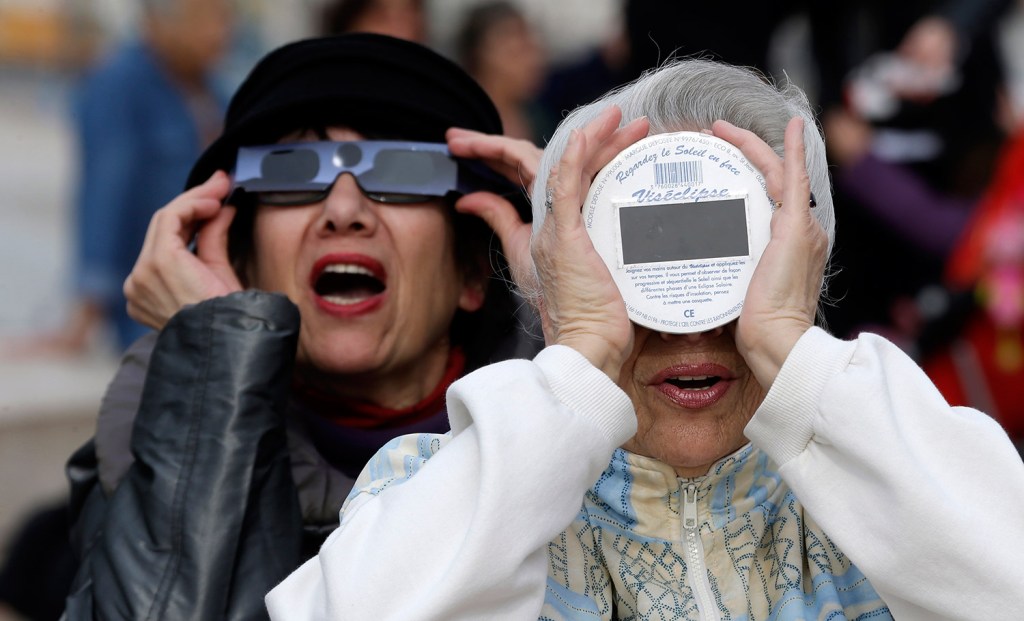
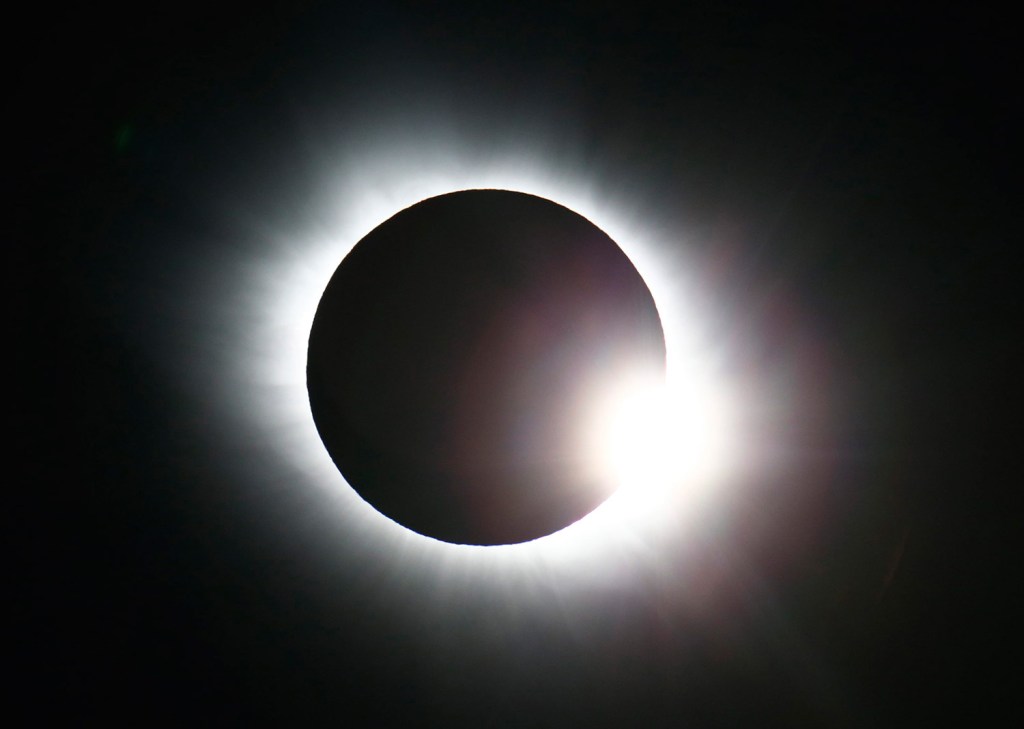
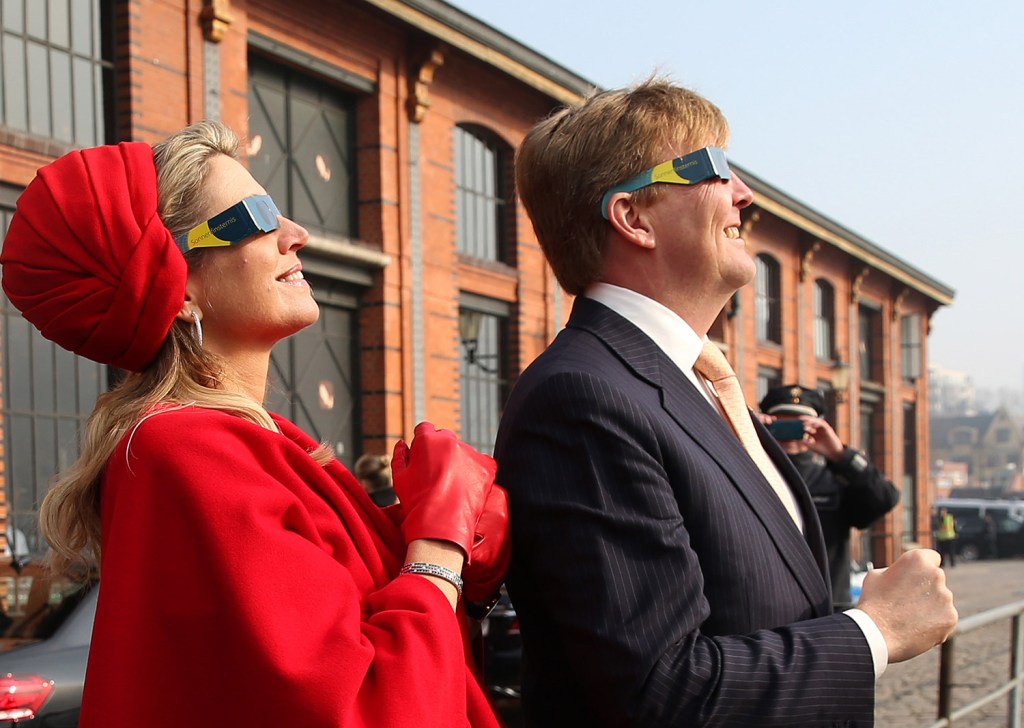
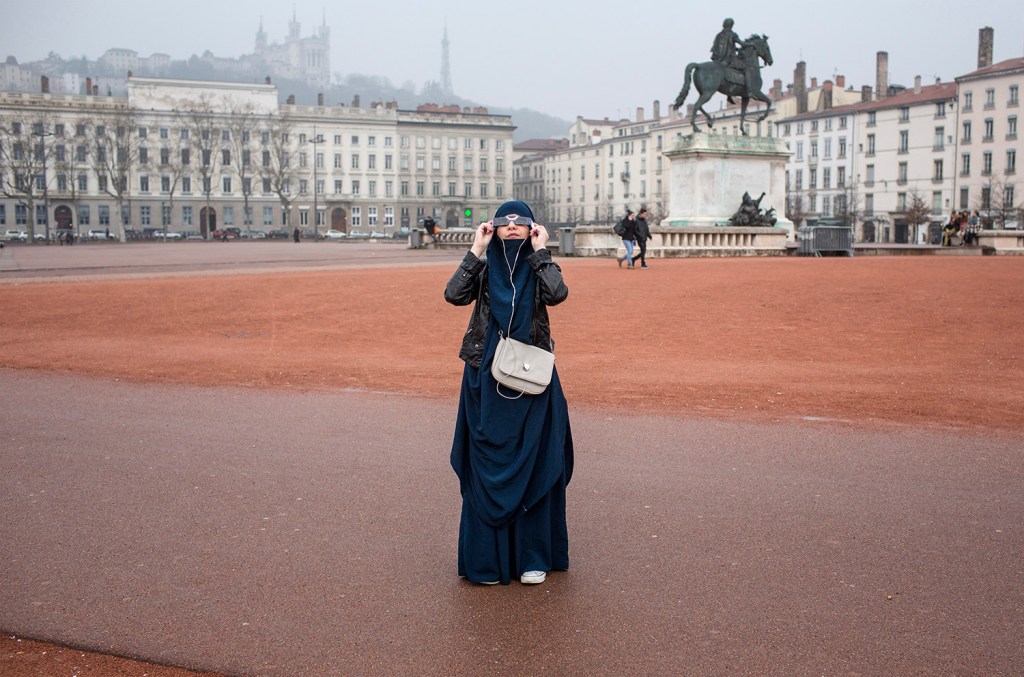
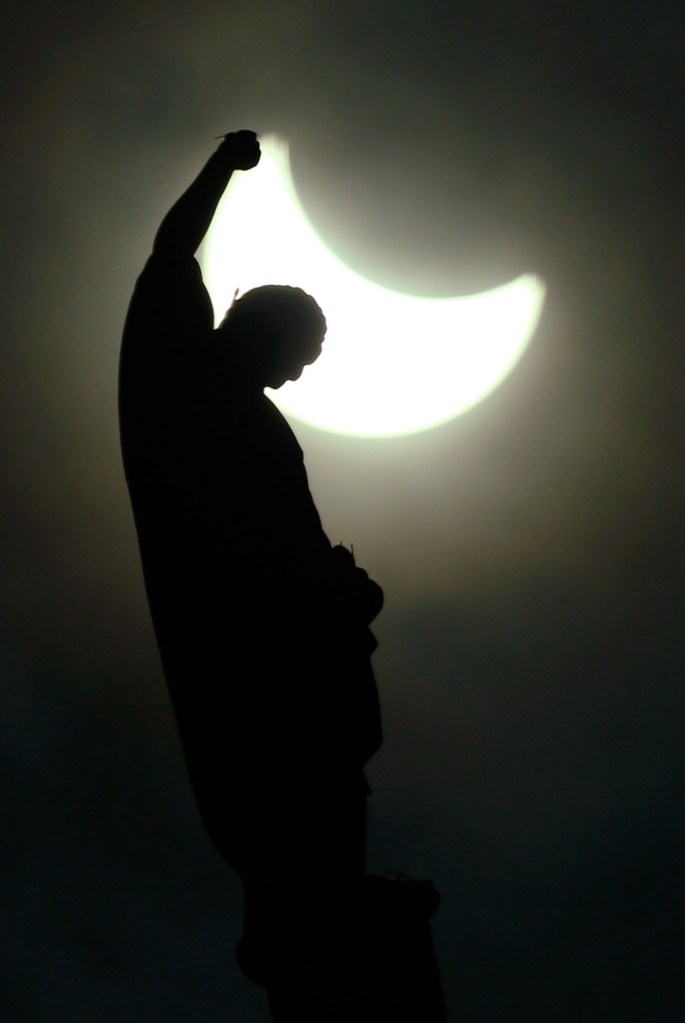
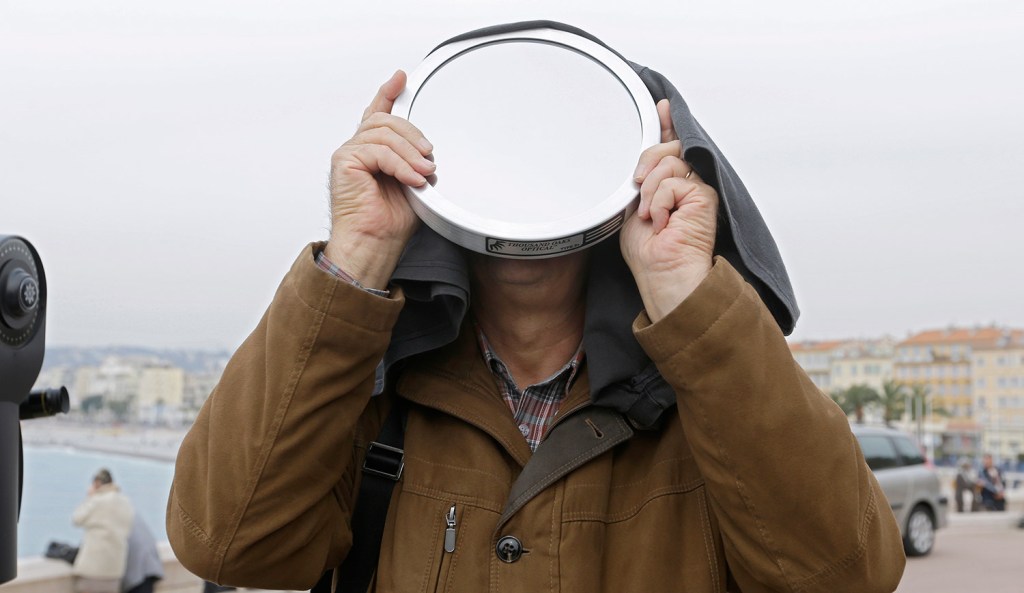
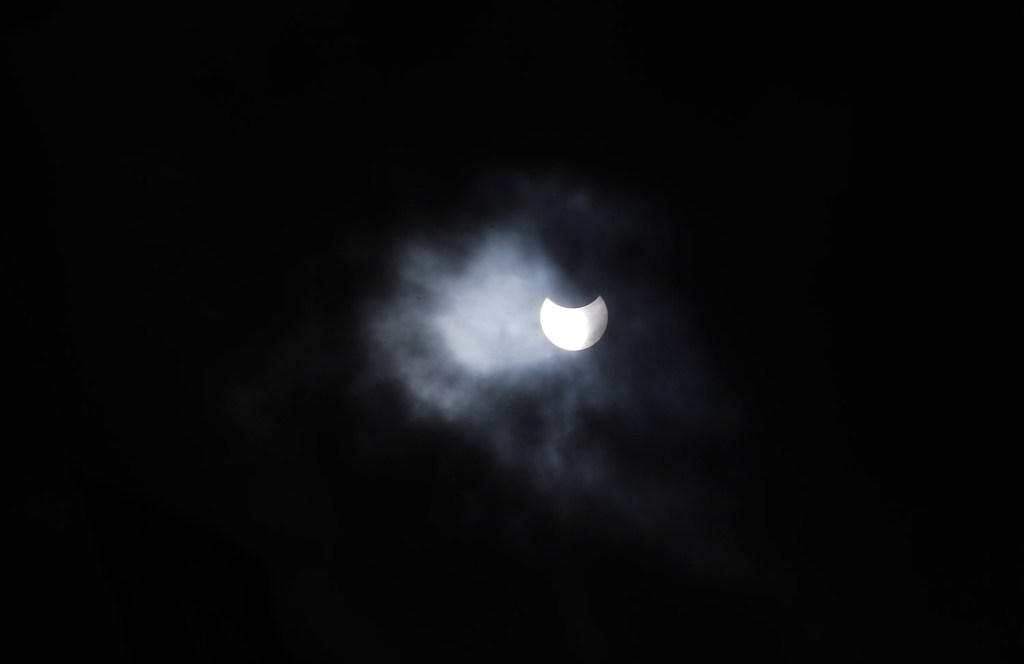
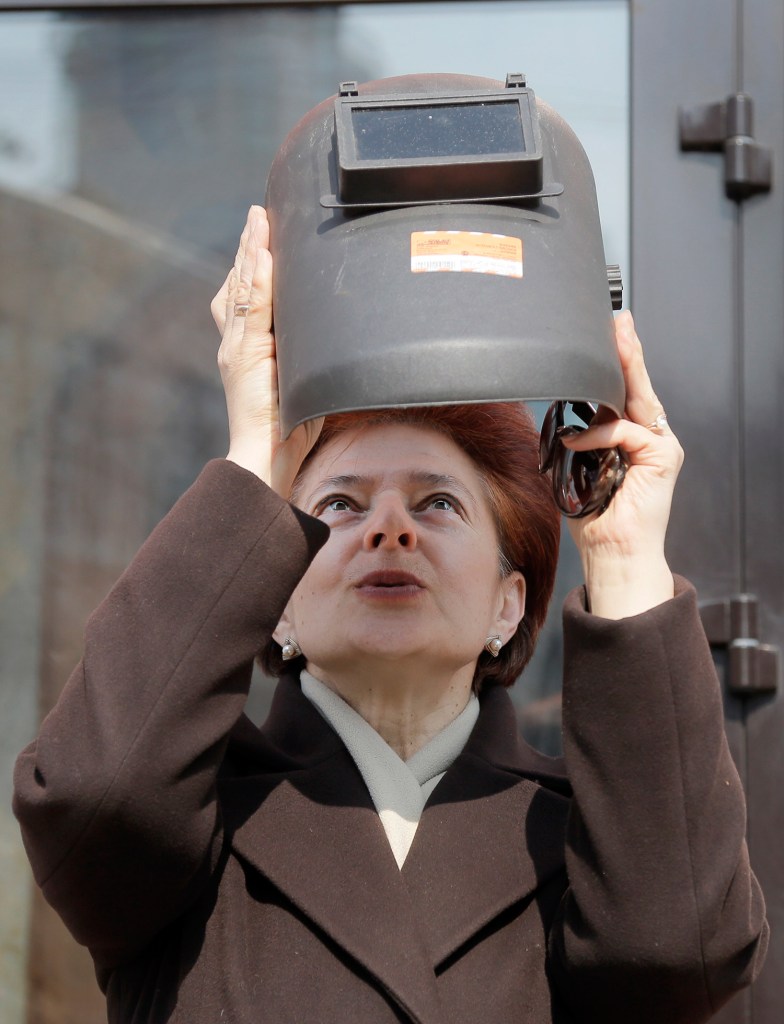
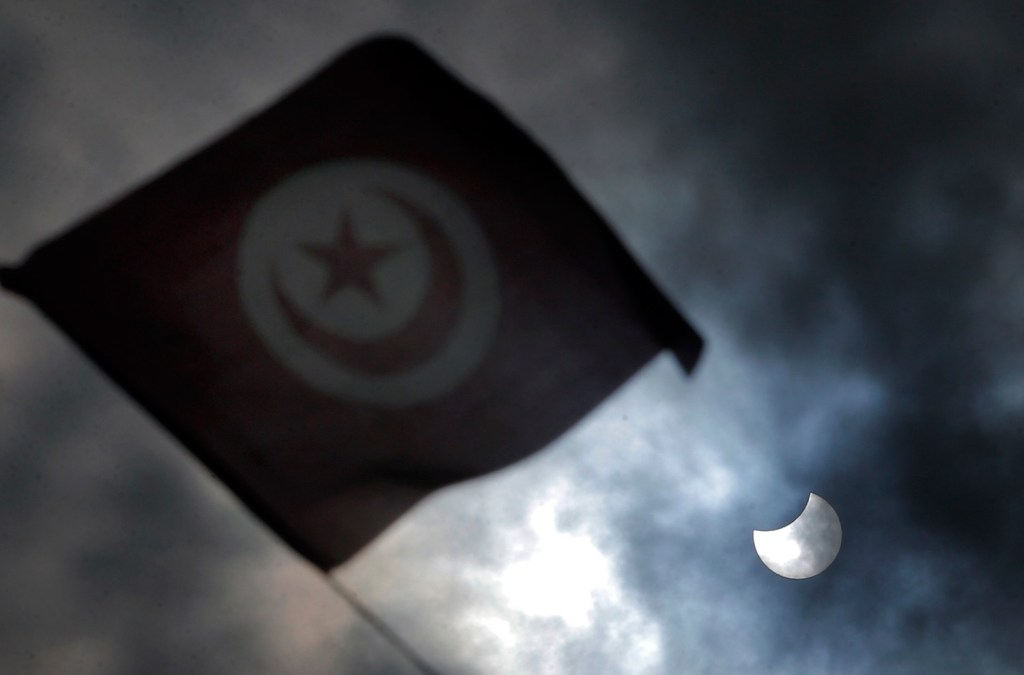

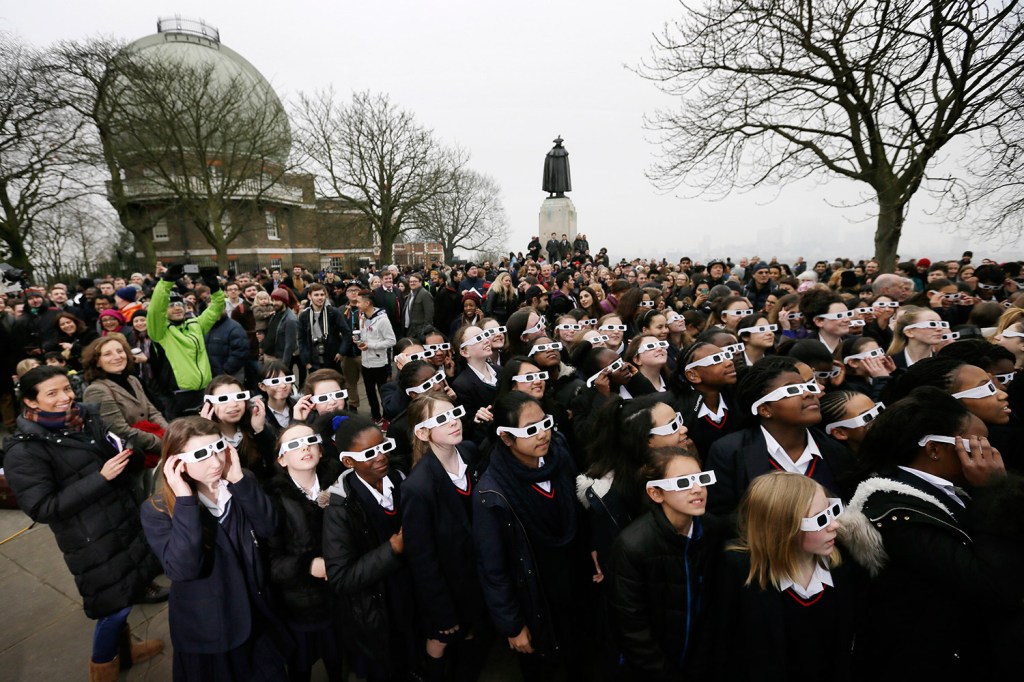
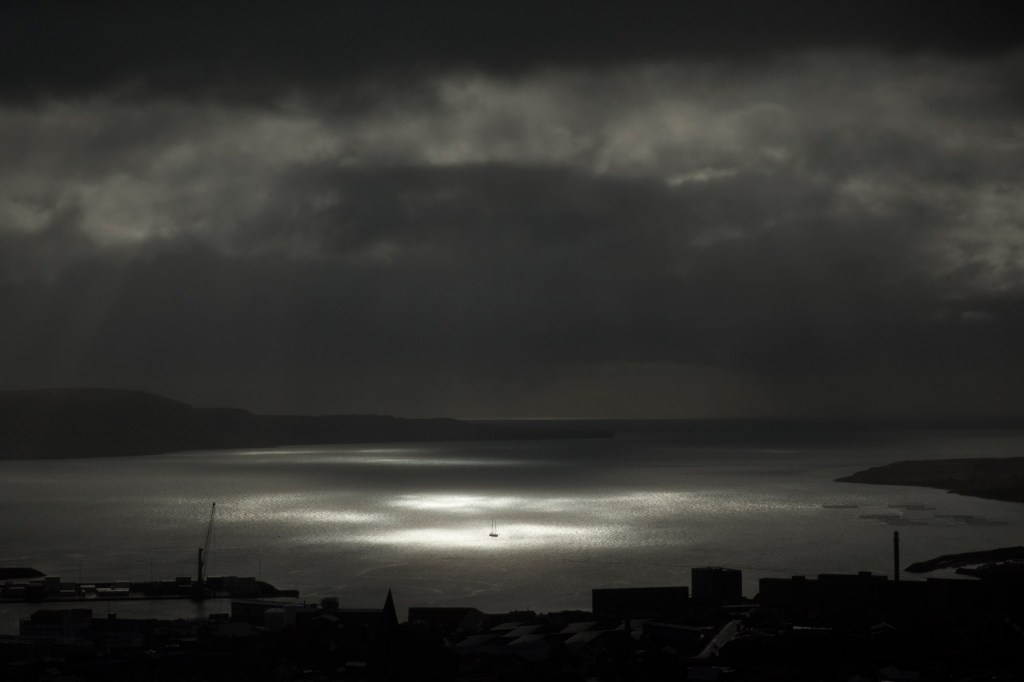
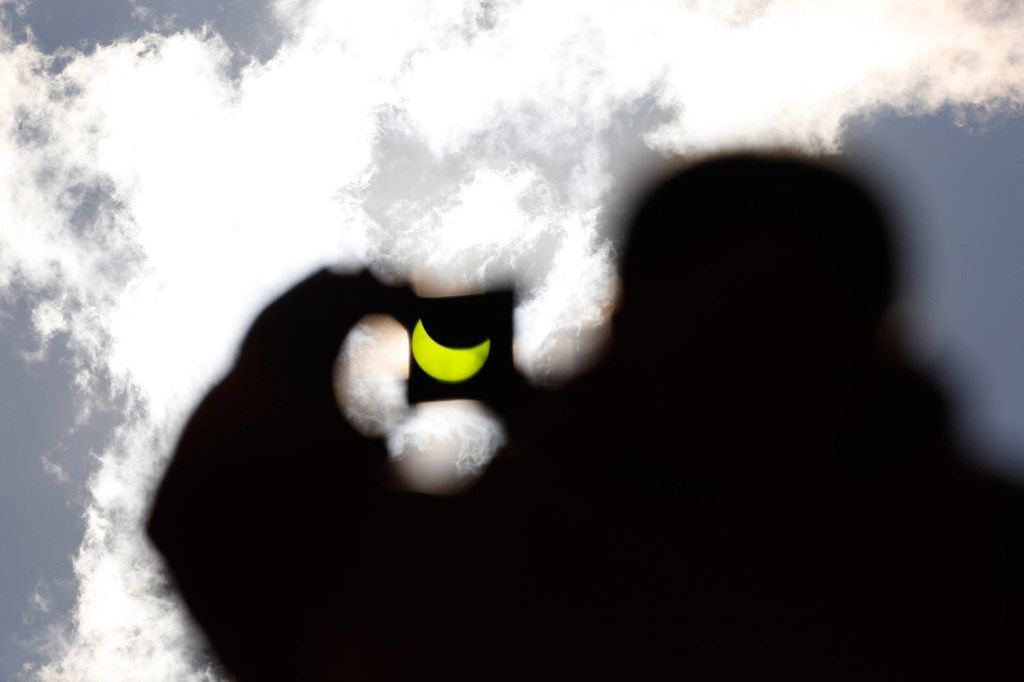
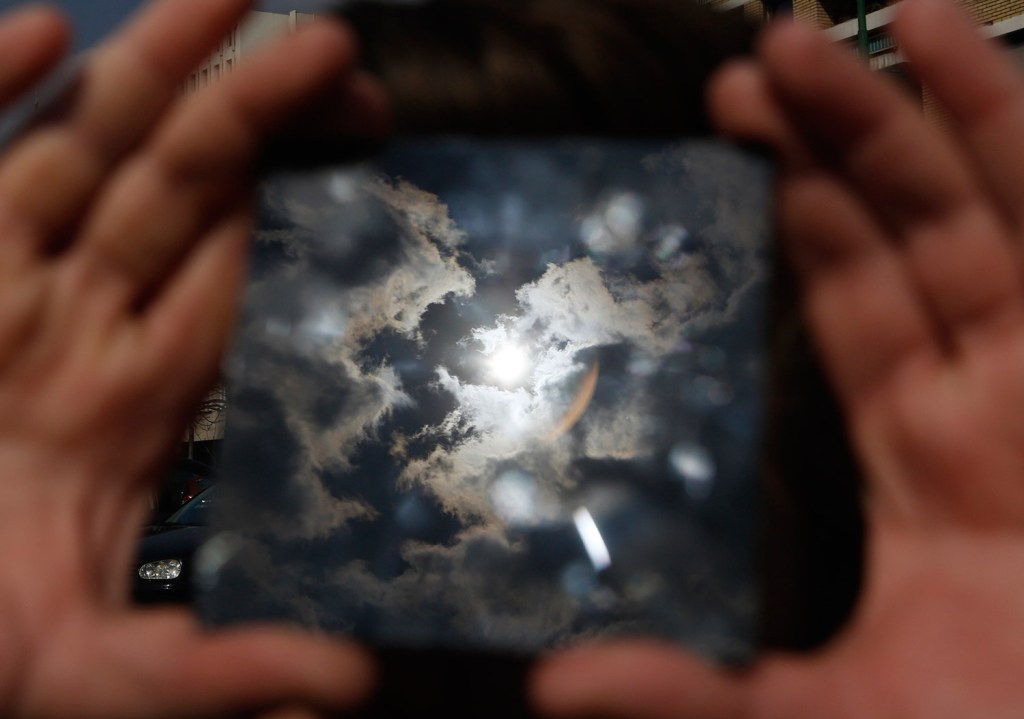

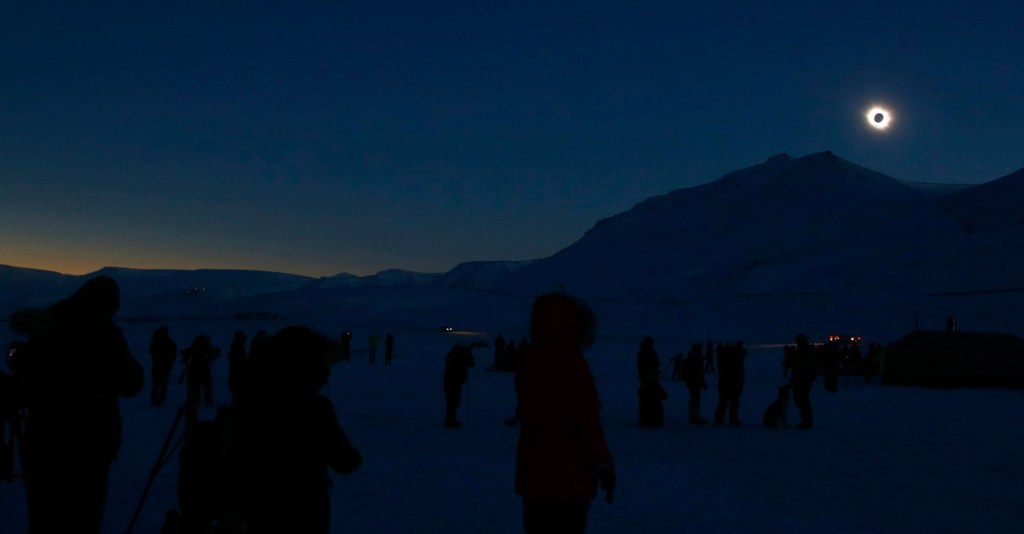
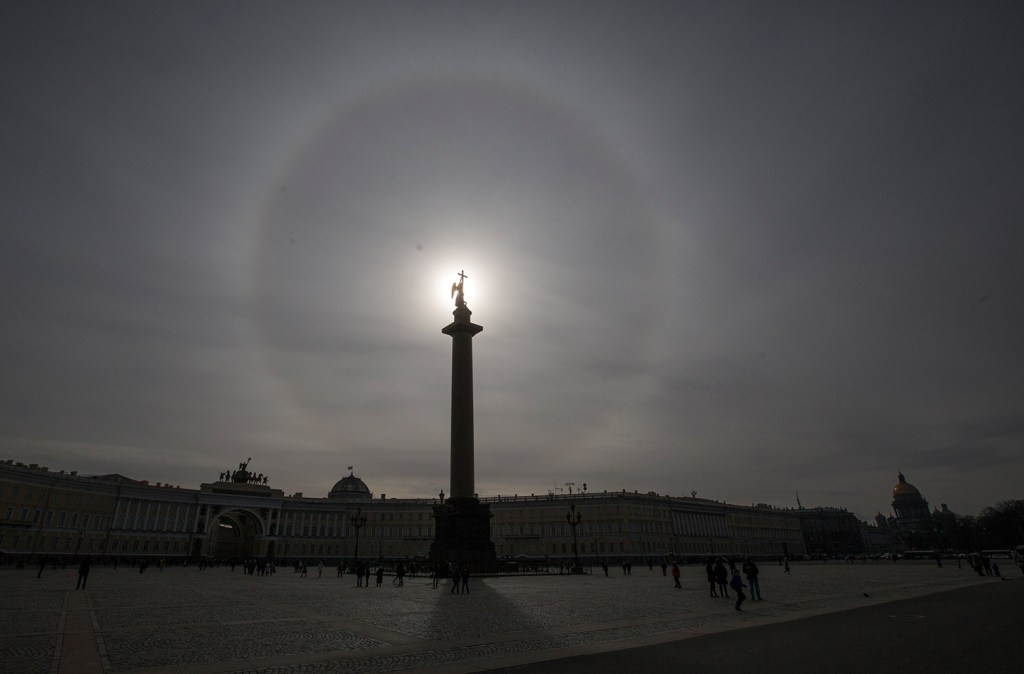
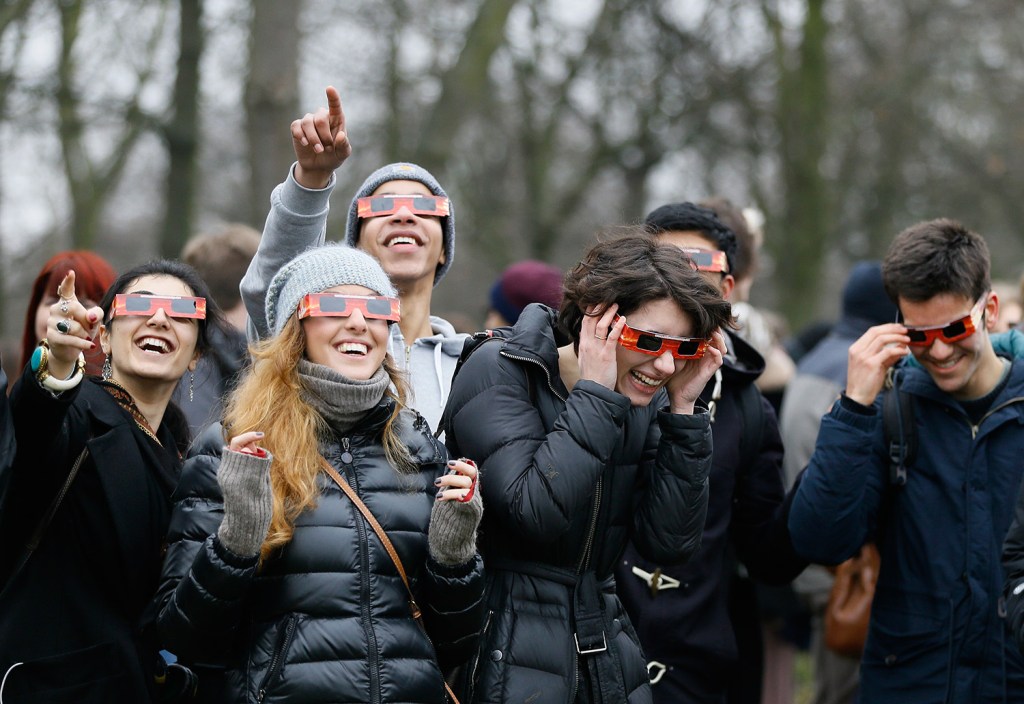


Success. Please wait for the page to reload. If the page does not reload within 5 seconds, please refresh the page.
Enter your email and password to access comments.
Hi, to comment on stories you must . This profile is in addition to your subscription and website login.
Already have a commenting profile? .
Invalid username/password.
Please check your email to confirm and complete your registration.
Only subscribers are eligible to post comments. Please subscribe or login first for digital access. Here’s why.
Use the form below to reset your password. When you've submitted your account email, we will send an email with a reset code.